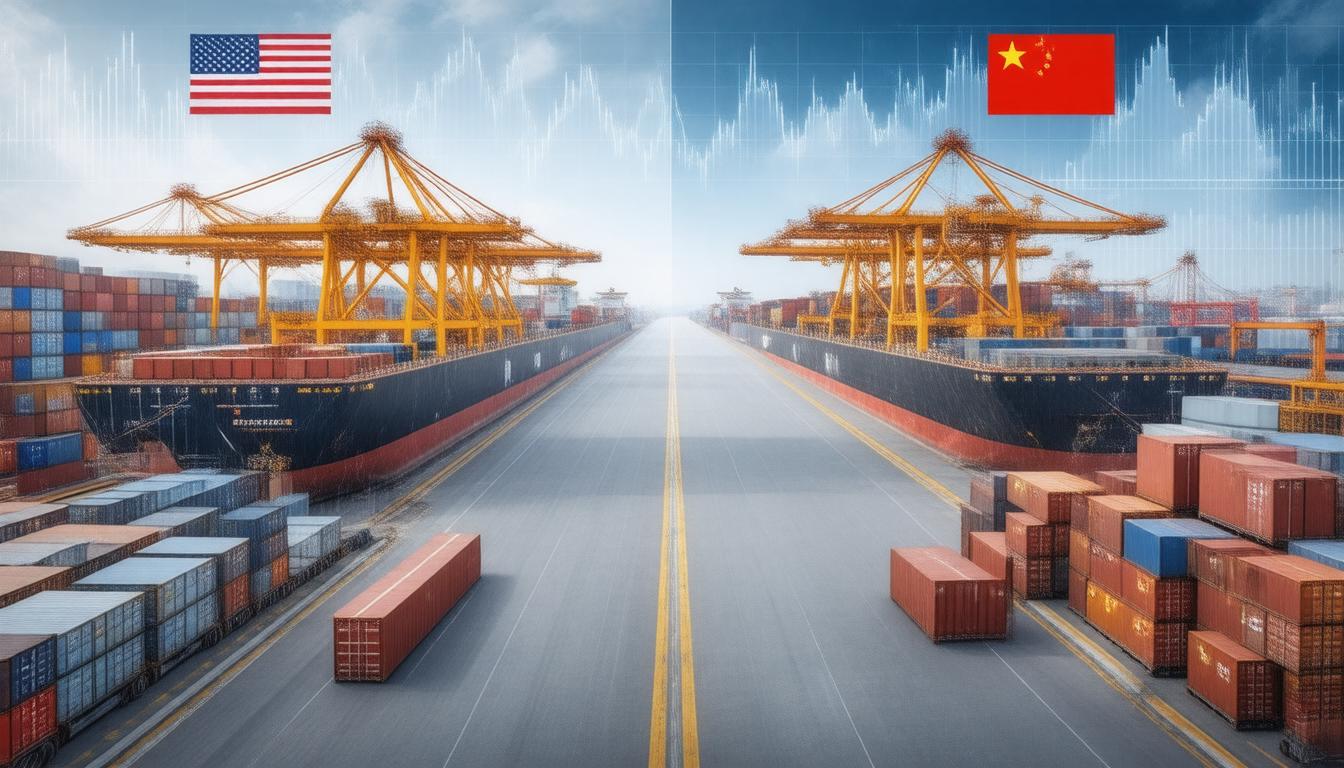In recent months, trade relations between the United States and China have been under increased scrutiny, with particular attention focused on the de minimis trade exemption—an important component of U.S.
import policy.
Under this rule, goods valued at less than $800 can enter the U.S.
without facing tariffs, a threshold that promotes lower shipping costs and encourages small-scale transactions.
However, President Donald Trump’s administration is considering reforms to this exemption, primarily driven by concerns over national security, public health, and allegations of unfair trade practices by China.
This article explores the de minimis rule, its implications for trade dynamics between the U.S.
and China, and potential consequences if changes are implemented.
Key Takeaways
- Changes to the de minimis rule could significantly affect U.S.-China trade dynamics, especially in key export sectors.
- The potential elimination of the de minimis exemption could alter competitive dynamics for U.S. companies and online retailers reliant on low-cost imports from China.
- Ongoing evaluations may reshape import regulations in response to national interests related to public health and trade imbalances.
Overview of the De Minimis Rule and Its Current Implications
The ‘de minimis’ rule allows goods valued at less than $800 to enter the United States tax-free, a significant aspect of U.S.
trade policy that has garnered attention recently, particularly under President Donald Trump’s administration.
This exemption, introduced to stimulate commerce, has resulted in an impressively high volume of goods, with over 1 billion items exempted in fiscal 2023 alone.
However, the landscape of international trade is shifting as concerns grow over unfair trade practices, specifically directed at China, compounded by health crises like the fentanyl epidemic linked to illicit shipments from the country.
As a dominant player in online retail, particularly through platforms like Amazon, Chinese retailers have capitalized on this exemption, posing new challenges for American companies trying to remain competitive.
Consequently, Trump’s administration has initiated a critical review of the de minimis rule, aiming to balance national interests against economic growth.
With ongoing reforms in trade structures across regions like the EU and Mexico, the implications are profound; any amendments to this rule could dramatically alter trade dynamics, particularly affecting vital sectors such as apparel and electronics.
Therefore, understanding the current debates surrounding the de minimis rule is essential for consumers and businesses alike as we navigate through these evolving trade policies.
Potential Consequences of Changing the De Minimis Rule for U.S.-China Trade
As discussions around potential changes to the de minimis rule intensify, it’s crucial to understand how these alterations might affect American consumers and businesses.
The de minimis exemption, with its threshold of $800, has allowed goods, particularly those sourced from overseas, to enter tax-free, fostering a competitive marketplace.
However, the proposed changes arise amid escalating tensions with China, where the U.S.
aims to mitigate trade imbalances and curb illegal imports, notably fentanyl precursors masquerading as legitimate products.
Shifting this threshold could lead to increased costs for consumers, as businesses may pass on the additional tariffs incurred for goods exceeding the new limit.
Moreover, for online retailers who have thrived under the existing exemption, modifications could disrupt pricing strategies and inventory management, potentially leading to higher prices or reduced product availability.
It’s worth monitoring how these developments unfold, as the final decision will not only shape the future of U.S.-China trade relations but also influence consumer pricing and choice in the American marketplace.















